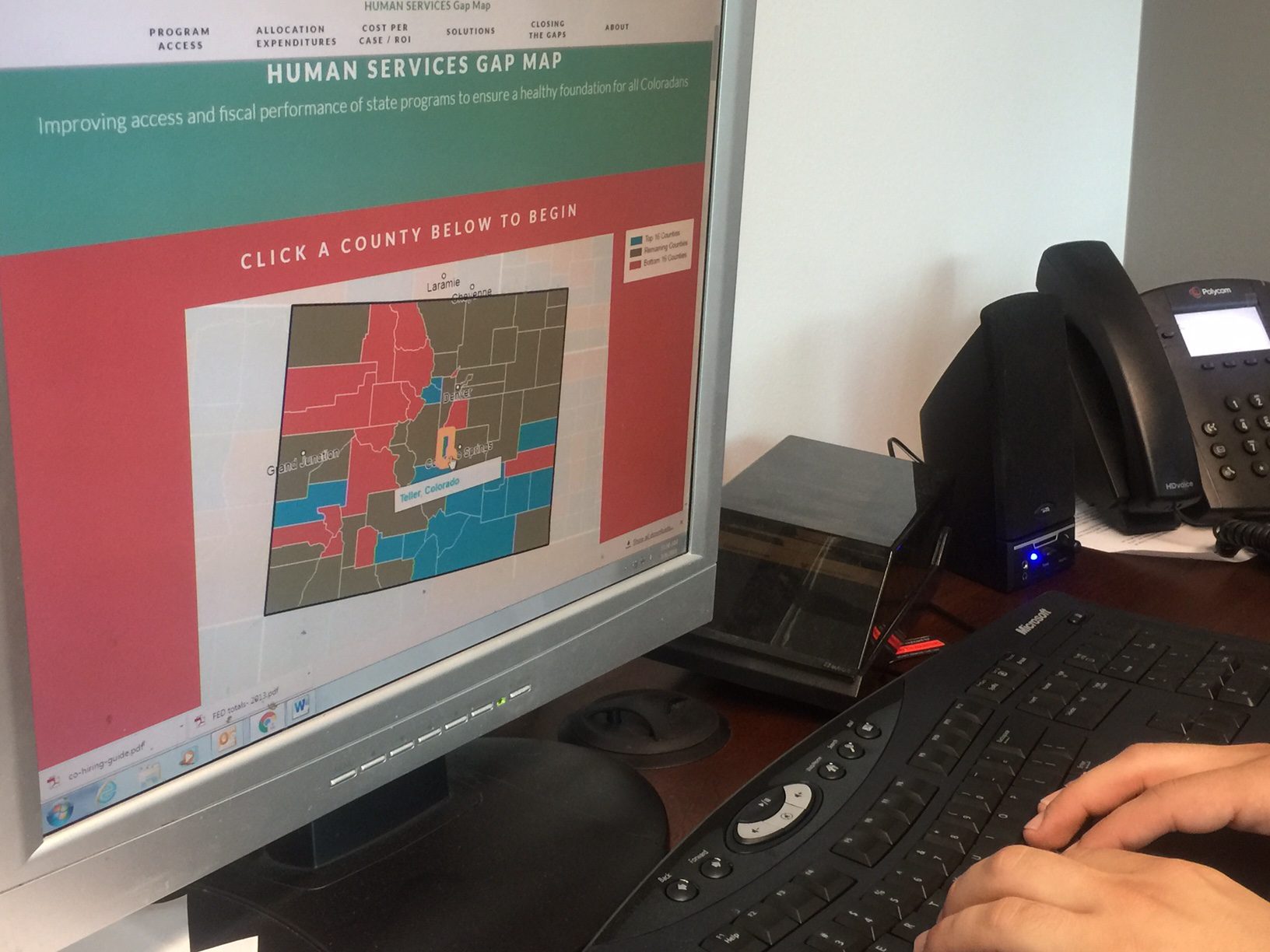A summary of the list of recommendations on the implementation of the OBBBA in Colorado regarding public benefits systems and work requirements.
Recent articles
CCLP testifies in support of Colorado’s AI Sunshine Act
Charles Brennan provided testimony in support of Senate Bill 25B-004, Increase Transparency for Algorithmic Systems, during the 2025 Special Session. CCLP is in support of SB25B-004.
Coloradans launch 2026 ballot push for graduated state income tax
New ballot measure proposals would cut taxes for 98 percent of Coloradans, raise revenue to address budget crisis.
CCLP statement on the executive order and Colorado’s endless budget catastrophe
Coloradans deserve better than the artificial budget crisis that led to today's crippling cuts by Governor Jared Polis.
How are we meeting Colorado’s basic needs? The Gap Map has answers

Human service programs ensure that Coloradans have the building blocks for a prosperous future, such as food, health care, child care and financial assistance.
Due to a number of reasons, access to these important programs varies from county to county. Wide enrollment gaps are evident in the first major update of the Human Services Gap Map, an interactive dashboard that aggregates county-level data to provide a window into how effectively Colorado is delivering the basic building blocks needed for health and well-being.
Funded by various combinations of state and federal dollars, the Supplemental Nutrition Assistance Program (SNAP), the Special Supplemental Nutrition Program for Women, Infants and Children (WIC), Colorado Child Care Assistance Program (CCCAP), Colorado Works (Colorado’s program for Temporary Assistance to Needy Families) and Medicaid all provide resources so that Coloradans can maintain a solid foundation throughout their lives. Unfortunately, many of these programs face funding cuts in Washington, or conversion to “block grants” that would further undermine their availability to people who need them.
Developed by Colorado Center on Law and Policy (CCLP) and Hunger Free Colorado (HFC), the Gap Map is intended to spark a dialogue among human service directors, their staff, advocacy organizations and community leaders about the most effective strategies for closing gaps in enrollment vs. eligibility, allocation vs. spending and improving the overall effectiveness and efficiency of the limited resources that are available.
Using the most current fiscal, administrative and census data available, this tool offers a county-by-county comparison of enrollment, allocations and costs for SNAP, WIC, CCCAP, Colorado Works and Medicaid.
- For many reasons, gaps in program access vary in all five programs across all counties. Some counties have a much larger gap than other counties between the number of people who are eligible for basic-needs programs and those who actually receive assistance. The size of the gap may point to a missed opportunity to meet residents’ needs or more efficiently use available resources.
- For child care assistance (CCCAP) and Colorado Works, the access gap is largely, but not exclusively, a function of funding limitations. Across the board, the Gap Map provides a powerful visual example of how block-granted programs fall short in providing necessary services to help Coloradans build strong foundations. This is worth noting as members of Congress push to extend the use of block grants in Medicaid and SNAP.
- The Gap between SNAP and Medicaid access has grown substantially in Colorado across all counties. Access to food assistance through SNAP still lags behind Medicaid access in most counties despite the fact that a high percentage of Medicaid recipients would also be eligible to receive food assistance. This gap has critical health implications. Food security is an important determinant of overall health and well-being.
- Some counties overspend their allocation resources while other counties underspend. Overspending may enable a county to more fully meet the community needs for assistance and may signal that the county needs additional state funds to support its residents. Meanwhile, counties that underspend their allocation might leave money on the table that could help address the needs of their residents and stimulate the economy.
